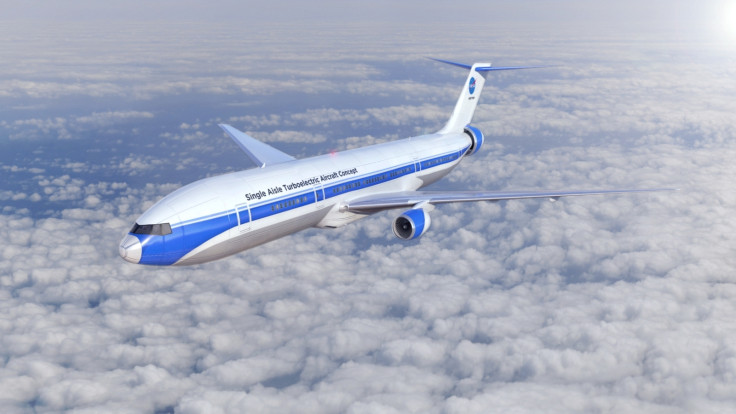Nasa wants to develop hybrid commercial aircraft that is faster and less polluting
Nasa's STARC-ABL will have a third electric engine affixed to its rear, providing thrust.
Nasa's Advanced Air Transport Technology Project (AATT) is working on an "aviation renaissance" under the New Aviation Horizons initiative, which will see aircrafts of the future being less noisy, with smaller engines, hybrid technology, electrical propulsion.
Propulsion is one of the areas in which aircrafts will see major transformation, says a report by Nasa. The agency's Glenn Research Center in Cleveland is working on a type of propulsion system using boundary-layer ingesting (BLI). BLI is a system where slow air along the fuselage of an aircraft is sucked in by an engine mounted on its rear, increasing its efficiency.
Called the "single-aisle turboelectric aircraft with an aft boundary-layer propulsor" or STARC-ABL, the concept is one of the few that are being considered for development and testing, according to the report. It looks like a standard "tube-and-wing aircraft", but with additional turboelectric propulsion of up to 3 megawatts.
That means the aircraft will look like a Boeing 737, but will have smaller, wing-mounted gas turbines. The aircraft will also have a horizontal tip on its tail, giving it a T-tail look and a BLI engine at its rear for added thrust that is run entirely on electricity generated at the wings through mounted generators.
In this design, wing-mounted engines will provide 80% of the thrust at take-off and 55% thrust at cruising altitudes; remaining thrust will come from the BLI. What they have planned is essentially a hybrid plane with an electric engine that provides additional thrust. Nasa has said that researchers predict a 10% improvement in fuel efficiency with this design.
"We believe global competition and international certification standards will drive reduced fuel consumption and more efficient aircraft and propulsion concepts that may use cleaner forms of energy," said Jim Heidmann, manager of AATT.
Later this year, Nasa will be running tests and conducting studies on the viability of the STARC system at Nasa's Electric Aircraft Testbed (NEAT). The challenges that the team will still have to overcome range from how to balance aerodynamic efficiency and how to compensate for additional weight from the electric engine, to meeting safety and operational standards.
Nasa says that the development of technology enabled by the New Aviation Horizons will be proven in piloted flights within the next decade or so.






















